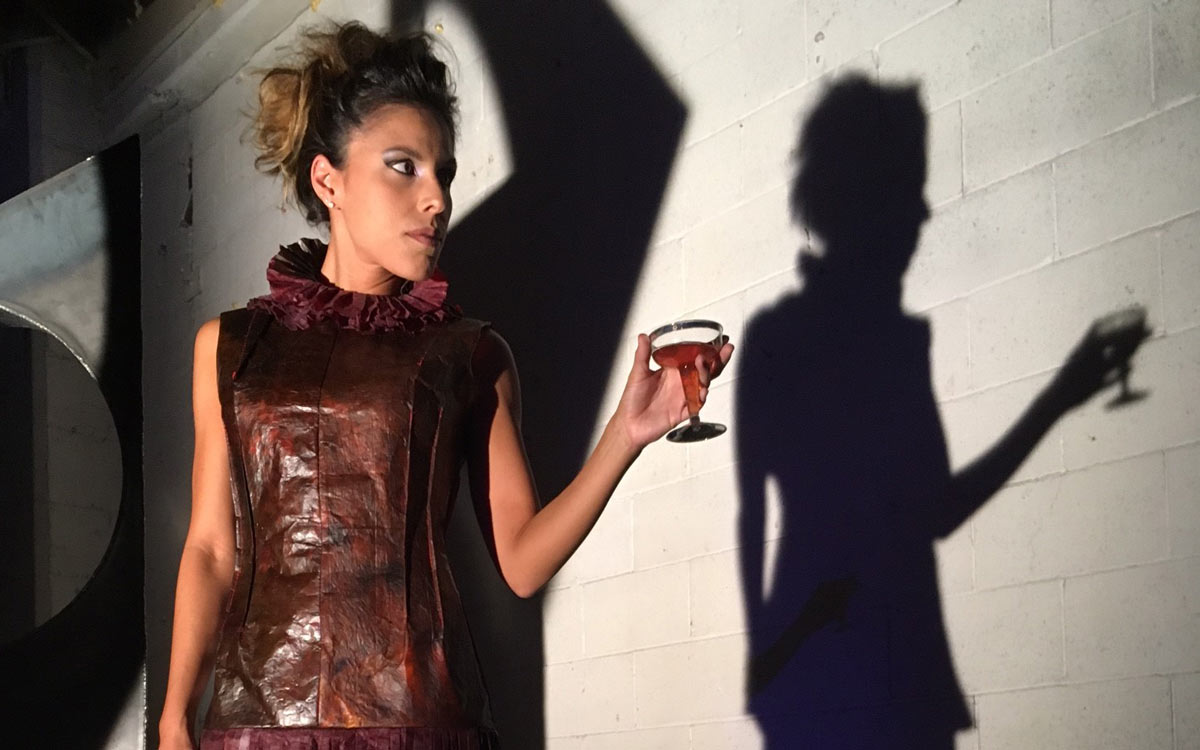
Kombucha leather differs from traditional vegan leather because it is not synthetically based like plastic. It is instead biologically based, from bacteria and yeast. Due to its biodegradable nature, it’s great for shorter-life projects like wallets, shoes, clothing, costumes, and cosplay. For anything that doesn’t need to last decades, kombucha will do. As a bonus, at the end of the product’s lifecycle it can be thrown in the compost.
This kombucha textile begins with sweet tea, either black or green, and a bit of kombucha SCOBY (“Symbiotic Colony of Bacteria and Yeast”) added after the tea is cooled. The process takes about 2 weeks to form.

The textile is the result of the bacteria in the SCOBY creating a pellicle. The pellicle is the skin or film that’s formed by the SCOBY, allowing it to float and giving the aerobic bacteria access to consume oxygen (Figure A). The yeast in the SCOBY consumes the sugar and ferments the tea into the kombucha drink.
The pellicle is often referred to as bacterial cellulose in scientific papers and is the most pure form of cellulose on the planet. It is 100% biodegradable.
All in the Name: Kombucha, the refreshing fizzy fermented tea beverage, shares the same name with the kombucha that can be used for truly vegan ecofriendly leather. Kombucha in this article refers to that very leather.
A few simple ingredients are needed for brewing kombucha. This recipe can be multiplied. I typically brew 4 to 8 gallons at a time depending on my project.



